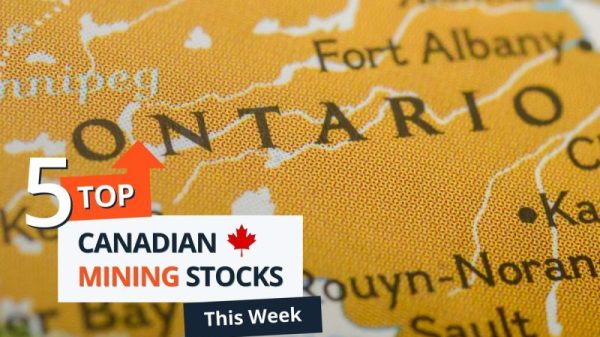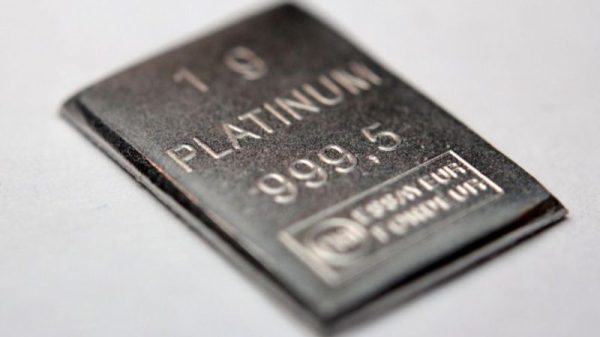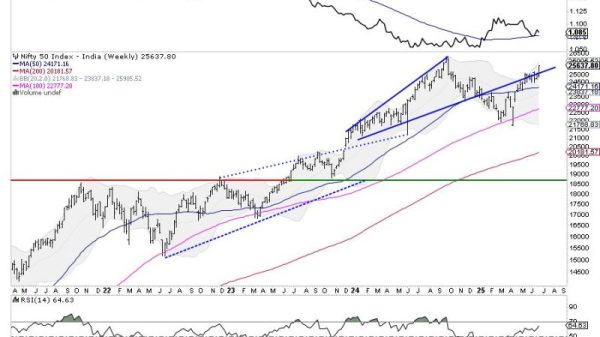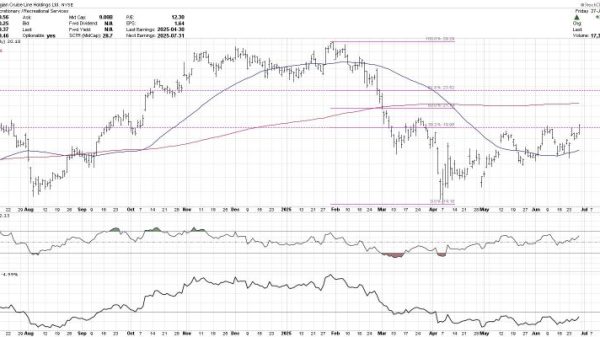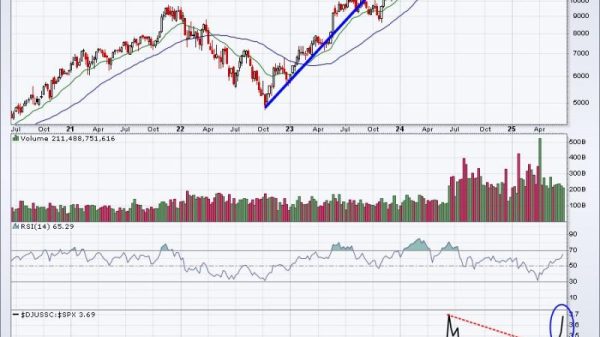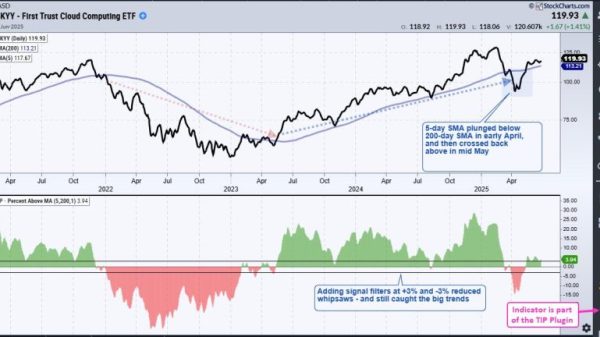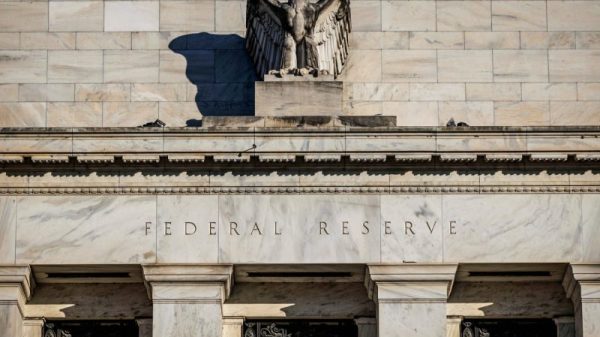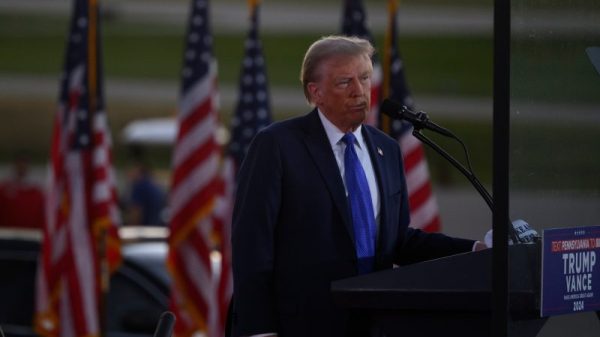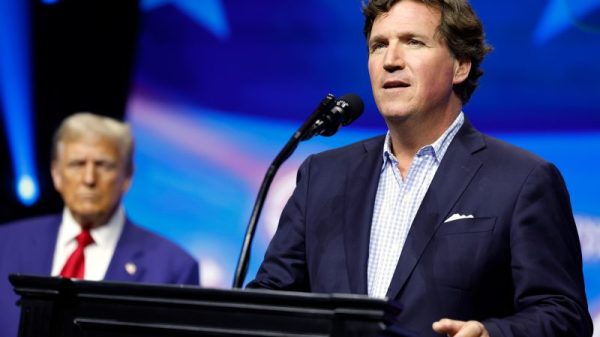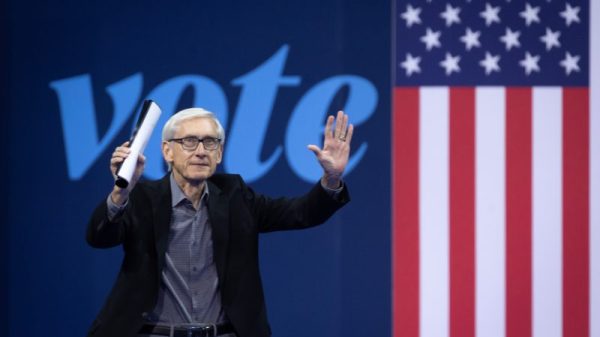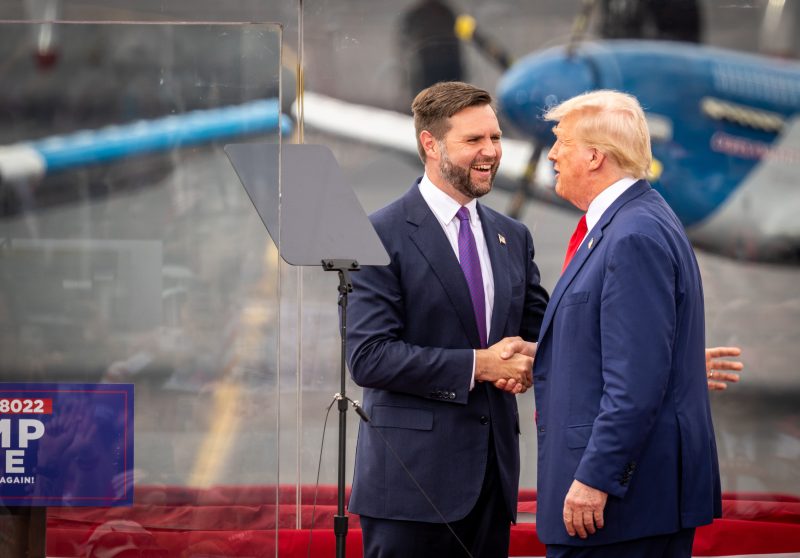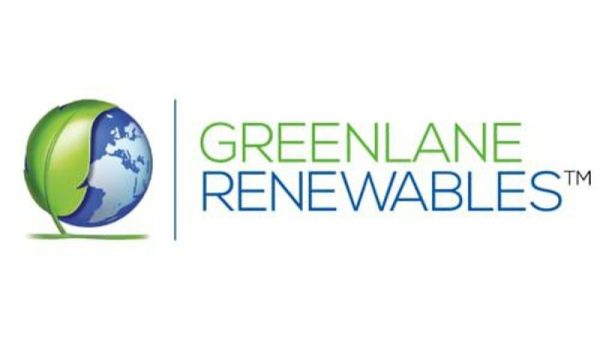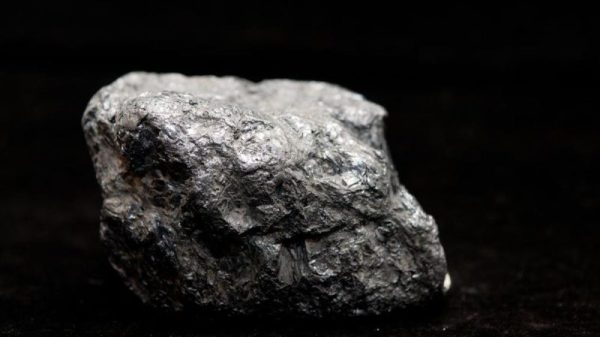“A tariff is a tax on a foreign country. That’s the way it is, whether you like it or not. A lot of people like to say it’s a tax on us. No, no, no. It’s a tax on a foreign country. It’s a tax on a country that’s ripping us off and stealing our jobs. And it’s a tax that doesn’t affect our country.”
— Former president Donald Trump, remarks at a rally in Wilkes-Barre, Pa., Aug. 17
“I think economists really disagree about the effects of tariffs because there can be a dynamic effect, so what some economists will say is what you just said, that it will actually raise costs for consumers. But what other people say, and I think the record supports what this other view, is that it causes this dynamic effect where more jobs come into the country. Anything that you lose on the tariff from the perspective of the consumer, you gain in higher wages, so you’re ultimately much better off.”
— Republican vice-presidential nominee JD Vance, interview on NBC’s “Meet the Press,” Aug. 25
“Our corrupt leadership said, ‘If you put tariffs on China, prices will go up.’ Instead, Donald Trump did exactly that, manufacturing came back and prices went down for American citizens. They went up for the Chinese, but they went down for our people.”
— Vance, remarks in Big Rapids, Mich., Aug. 27
Former president Donald Trump has said that, if he is elected for a second term, he will impose an across-the-board tariff on all imported products. As is usual with Trump, he doesn’t offer many specifics — and they can change day-to-day. Sometimes he has suggested it would be a 10 percent tariff; another time he floated it as high as 20 percent. He has also indicated that he would impose a 60 percent tariff on Chinese products.
Officially, the Republican platform calls for “baseline tariffs on foreign-made goods,” without offering a percentage, and Trump’s campaign website more than a year ago promoted “reciprocal tariffs” that match tariffs imposed by other countries.
Trump’s undisciplined messaging has given Vice President Kamala Harris an opening to argue, as she did in her nomination acceptance speech at the Democratic convention, that Trump would harm middle-class voters. “He intends to enact what, in effect, is a national sales tax,” she said. “Call it a Trump tax that would raise prices on middle-class families by almost $4,000 a year.” Her figure is a high estimate from a left-leaning group supportive of Democrats, but other economists agree such tariffs would raise prices for Americans.
To which the Trump campaign says: Wait a minute! The former president flatly says tariffs are a “tax on a foreign country.” His running mate acknowledges that “some economists” might say costs rise for some Americans but suggests this is a matter of dispute among experts. He makes the case that in the long term, even if prices go up, the outcome is a net benefit for Americans.
We challenged the Trump campaign to give us some evidence for these claims. Here’s what we found.
The Facts
First, let’s get this straight: Trump is flat wrong to claim that the entire tariff is paid by a foreign country. And Vance is wrong to suggest there’s a debate among pointy-headed experts about whether tariffs increase prices.
There’s no controversy. Open any introductory economics textbook and you’ll find a standard supply-and-demand graph that shows how prices rise when a tariff is imposed on imported products. (There’s even a T-shirt with the graph for econ geeks.)
Economists agree that tariffs — essentially a tax on domestic consumption — are paid by importers, such as U.S. companies, who in turn pass on most or all of the costs to consumers or producers who may use imported materials in their products. As a matter of demand and supply elasticities, overseas producers will pay part of the tax if there are fewer goods sold to the United States. Domestic producers in effect get a subsidy because they can raise their prices to the level imposed on importers.
Contrary to Vance’s claim, there is little debate over the fact that consumer prices will rise in response to tariffs.
The Kent A. Clark Center for Global Markets at the University of Chicago Booth School of Business frequently surveys prominent economists about issues in the news. In 2018, when Trump imposed steel and aluminum tariffs, the Clark Center asked 44 economists about this statement: “Imposing new U.S. tariffs on steel and aluminum will improve Americans’ welfare.”
Not a single economist agreed. The split was over how wrong the statement was: 28 percent disagreed, and 65 percent strongly disagreed.
Similarly, the Clark Center in 2019, after Trump imposed more tariffs, asked 43 economists for their opinion on this statement: “The incidence of the latest round of U.S. import tariffs is likely to fall primarily on American households.” For that answer, 60 percent agreed, 14 strongly agreed, and 14 percent were uncertain.
Finally, this May, after President Joe Biden imposed tariffs on Chinese electric vehicles, the Clark Center asked 46 economists about this statement: “The proposed U.S. tariffs on Chinese EVs would lead to measurably higher prices of EVs in the U.S.” This question resulted in the first hint of a dispute: 54 percent agreed and 24 percent strongly agreed, but two of the economists either disagreed or disagreed strongly. Dirk Bergemann of Yale University gave a reason — the electric-vehicle market already was very competitive, so he believed overall prices would not be affected.
But clearly that is a minority opinion. Overall, the surveys show broad agreement among economists that tariffs raise prices — and that American consumers get the bill. If there’s debate, it’s about how big the price impact would be and how long lasting.
Here’s a sampling of studies that looked at the impact of tariffs imposed by Trump when he was president:
Kadee Russ of the University of California at Davis in 2019 estimated, from various studies, that net losses projected for 2020 from the tariffs imposed by Trump as president would be between about $500 and $1,700 per household.
The Congressional Budget Office in 2020 estimated that Trump’s tariffs were projected to reduce average real household income by $1,277 in 2020.
A 2021 study by Alberto Cavallo of Harvard Business School and others found tariffs were only partially passed on to retail consumers, meaning companies reduced their profit margins or they spread the hit across many goods that they sell, including non-tariffed goods. In other words, the costs would still show up to consumers, just not in a way that is readily apparent. (This would be less easy for firms to do if tariffs were increased across the board.)
The International Trade Commission in 2023 found evidence for near complete pass-through of the steel, aluminum and Chinese tariffs to American consumers. “This implies that a 10 percent ad valorem [at time of transaction] tariff raised the price of U.S. imports from China by about 10 percent,” the report said.
The Tax Foundation in June estimated that the Trump tariffs, which were retained by Biden, amounted to $79 billion in new taxes on Americans, for an average annual tax increase on U.S. households of $625.
In other words, tariffs cause prices for consumers to increase — but the amount is not always clear or it may be spread through the economy in ways that are not readily apparent. Companies adapt to the new business environment and adjust accordingly.
Even an economist recommended by the Trump campaign, Jeff Ferry, chief economist at the pro-tariff Coalition for a Prosperous America, says a 10 percent tariff would increase prices for consumers. But he argues that this “one-time price increase,” which would last six years, would be mitigated by other positive effects of tariffs, such as higher economic growth and more domestic jobs.
“Trump and Vance are oversimplifying in the quotes you provided,” he wrote in an email. “For any tariff, economic theory holds that the cost is split between the buyer (importer) and the seller (exporter). That theory is correct in the real world.” But he maintains that prices from Trump’s tariffs over time did not go up significantly or even went down, while domestic production increased, “so at a level of simplification it is true to say that Americans did not pay for the tariffs.”
The Trump campaign has cried foul about Harris’s claim that the tariffs are, in effect, a national sales tax. But at least her statement is based on widely accepted economic theory on the immediate impact of tariffs. One could argue over whether the estimate of the impact is correct. As we noted, she embraces a high estimate.
But economist Kimberly Clausing — co-author of a study at the pro-trade Peterson Institute for International Economics with a lower number ($2,600 per household) — says these studies are underestimates because they do not consider the increase in the price of goods that compete with imports. “We have every reason to think U.S. domestic prices would rise in those sectors that compete with imports” and “that effect is very large,” she said in an email. “The true cost I’d guess is roughly twice as high as our number.”
The Pinocchio Test
Trump’s assertion that tariffs are only a “tax on a foreign country” and “doesn’t affect our country” is, of course, ridiculous. Vance tries to muddy the waters by claiming there is a dispute among economists when, in fact, as we have shown, there is no dispute. Tariffs raise prices for consumers, at least in the short run. Vance argues that there is a “dynamic effect” that mitigates those higher prices, such as more jobs coming into the country over time. That might be open to debate — the Tax Foundation says jobs will be lost — but it’s undisputed that most Americans would end up paying more for many goods if Trump’s tariff plan was imposed.
Four Pinocchios
(About our rating scale)
Send us facts to check by filling out this form
Sign up for The Fact Checker weekly newsletter
The Fact Checker is a verified signatory to the International Fact-Checking Network code of principles

